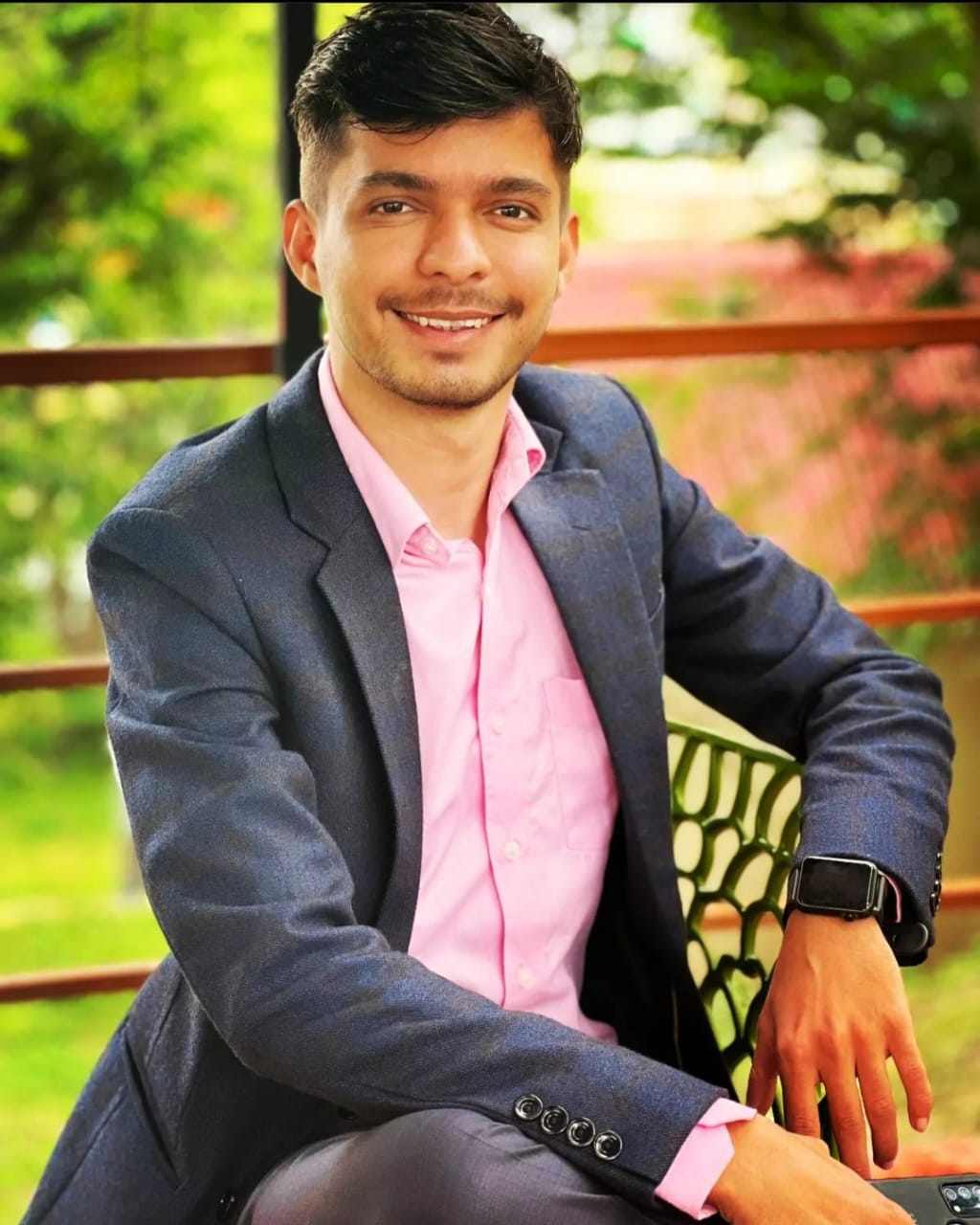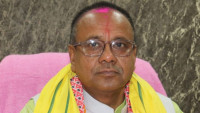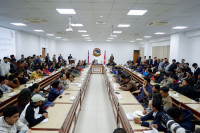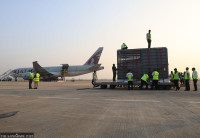National
Time ripe to rethink archaic VVIP convoy protocol
Friday’s assault of a doctor by police deployed to clear the road for the presidential convoy could be the turning point.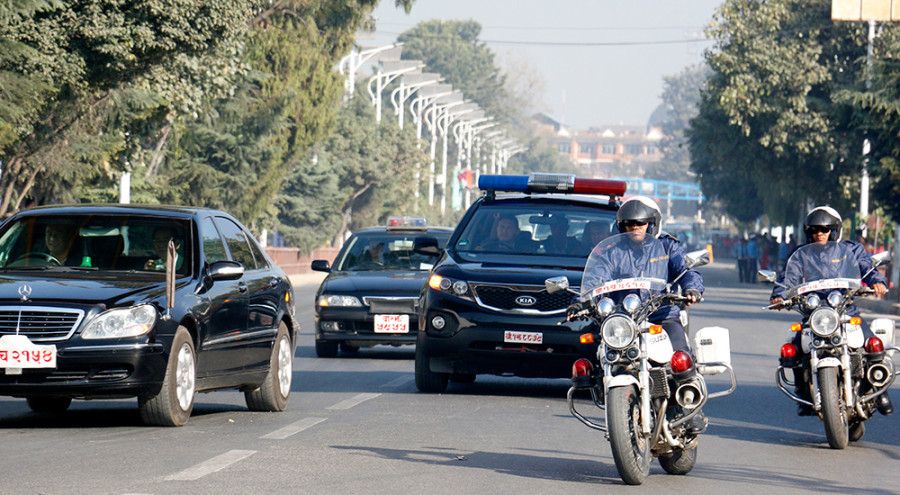
Nishan Khatiwada
Perhaps all our readers in Kathmandu have at one time or another been stuck in traffic for long stretches as they waited, their anger mounting by the passing minute, for the President’s convoy to pass by.
It’s an old story. But it got a new twist on Friday.
President Bidya Devi Bhandari was on her way to address a joint meeting of the House of Representatives and the National Assembly. In areas en route of the President’s convoy, vehicles had been stuck in traffic jams for unusually long.
At around 4:30pm, Dr Janithlal Singh was headed home on his bicycle after completing an operation at the National Trauma Centre at Mahankal in Kathmandu. But because of the large crowd that had been confined to the pavement because of the passing Presidential convoy, he could not ride the bicycle and had been pushing it along on the pavement. He then got stuck.
The on-duty police officer asked him to take his cycle forward. There was no space to do so. Dr Singh said he worked at the Trauma Centre and would move as soon as the crowd dispersed.
The police officer then started assaulting him, and snatched away his ID card. The doctor sustained an injury on his head and is currently under observation at the Trauma Centre. Predictably, there was a public uproar at what appears to be an unprovoked attack on Dr Singh.
Police constable Sambhujang Gurung, who baton-charged Singh, was suspended on Saturday for further investigation.
This incident has once again raised the question: Does the President at all need such elaborate security arrangements?
“The President can also travel with the public. She has vehicles for her security and there is no need to empty the roads and unnecessarily trouble thousands of people,” said Pitambar Sharma, former vice-chairman of National Planning Commission.
A group of activists including doctors protested in Maitighar on Saturday demanding action against those who assaulted the doctor. The Nepal Medical Association has already announced a halt to services at all hospitals across the country, except for emergency care, on Sunday to protest against the police action.
People from all walks of life are putting pressure on the government to act soon in order to ensure the public won’t get into any further trouble from a VVIP convoy.
“The government should change the protocol as soon as possible,” Sharma said.
Nepali Congress General Secretary Gagan Thapa also proposed such a change on Saturday. He condemned the attack on the medical personnel and offered two suggestions.
“First, let’s change the procedures and protocols on the security of special persons,” Thapa wrote on social media. “The convoy of the President and VVIPs should not trouble the public and the new working procedure should not be violated by any security agency. Second, let’s prepare to implement the amended working procedure from the first day of the new term of the next President.”
Senior journalist Rajendra Dahal said it is up to the government to decide whether such security clearance is necessary. “It is not the President or the Office of the President who decides on this matter. It is rather up to Singha Durbar whether to continue with the current protocol or tweak it in the context of increased traffic in the Valley,” Dahal, who served as an adviser to Nepal’s first President Ram Baran Yadav, told the Post.
Earlier, the general public wasn’t much troubled by such convoys as the capital city had less people and also far fewer vehicles. Yet there have been no timely changes in the century-old tradition. “A revision has now become necessary,” Dahal said.
No law and working procedure mandates such a stoppage in vehicular movement. According to Dahal, it is just a continuity of tradition, and a matter of perception among security officials of what a VVIP convoy should look like.
As per the Working Procedure for Security of VVIP-2077, the security forces arrange convoys in some formal functions to be attended by the head of the state such as when the President presents the government’s policies and programmes in the federal parliament, first joint sitting of the upper and lower houses of the federal legislature and foreign visits at the invitation of heads of state or government heads of a foreign country.
The working procedure states that the security arrangements shall be managed in a coordinated way on the streets when there is a VVIP convoy.
Nepali citizens see the traffic obstruction as the remnant of the monarchical system, and are frustrated with the continuation of such an archaic practice even in the fully democratic setup. During the Panchayat days, officials had to line up along the roads wearing formal dresses when the monarch travelled to attend a formal function. This practice is long gone yet “if time demands more changes, such changes should come,” added Dahal.
Urban planners stress better planning to address such public concerns.
Kishore Thapa, an urban planner, said the main problem is with the movement of such convoys during ‘peak office hour’. “They should be planned before the office hour to ensure that the public movement is not greatly affected,” said former government secretary Thapa.
Another alternative that he suggests is choosing the shortest and least crowded route so that other routes in the city remain unaffected. “Nevertheless, with better management, a convoy can be planned in normal traffic too.”
Former Home Secretary Govind Prasad Kusum said that a committee decides on the protocol matters in coordination with the home ministry. As it is a security issue, such protocols are agreed among the Nepal Army, the Nepal Police, the Traffic Police and the National Investigation Department (NID).
“We had earlier decided that the roads could be prepared for VVIP convoys without bothering the public. The elaborate arrangements for a convoy, as we see now, are not needed,” Kusum told the Post. “Countries with high security threat for VVIPs employ intelligence agencies to determine the safety of a particular route. We can similarly use our intelligence agencies in order to minimise VVIP security threats, which in turn will also not unduly disturb normal traffic.”




 20.12°C Kathmandu
20.12°C Kathmandu